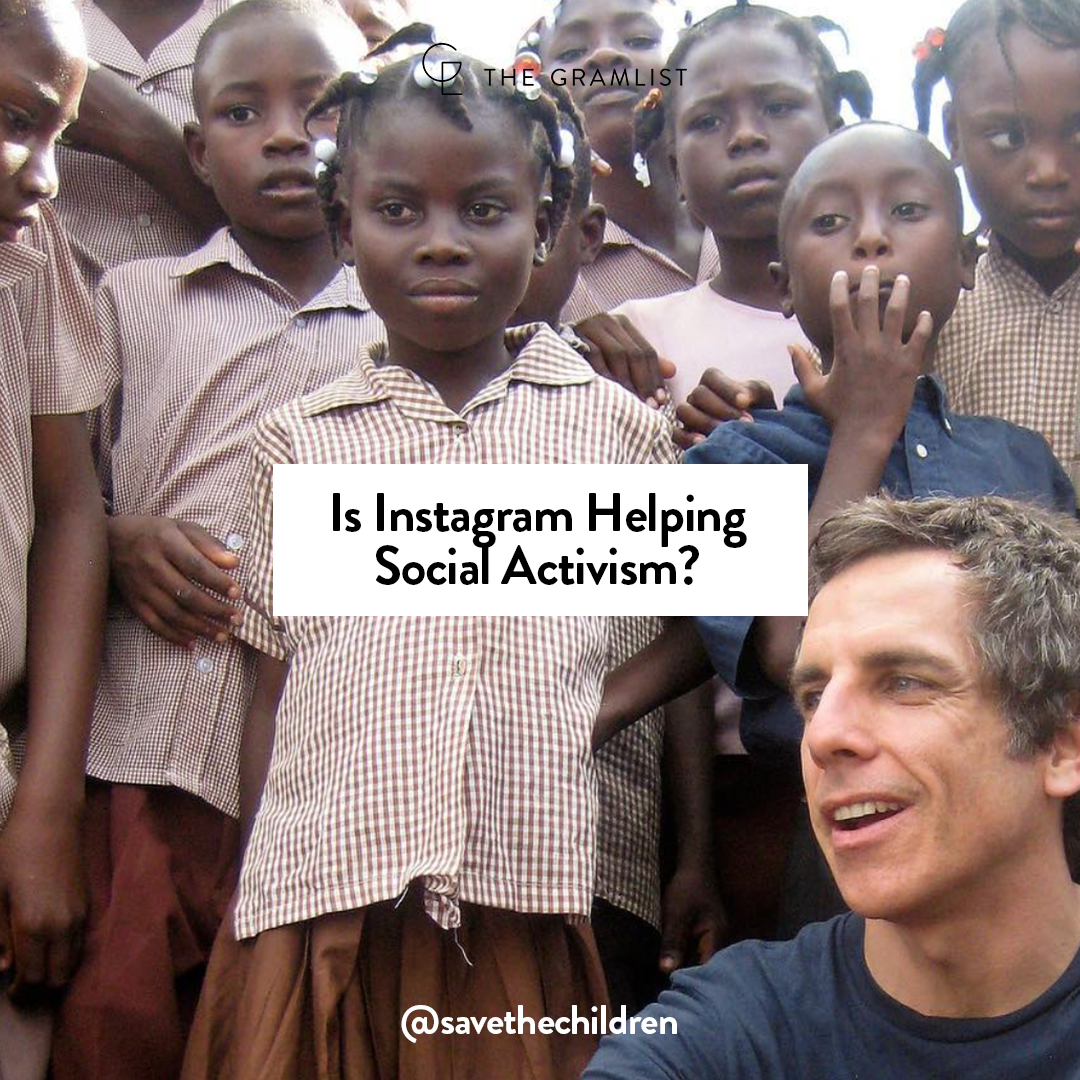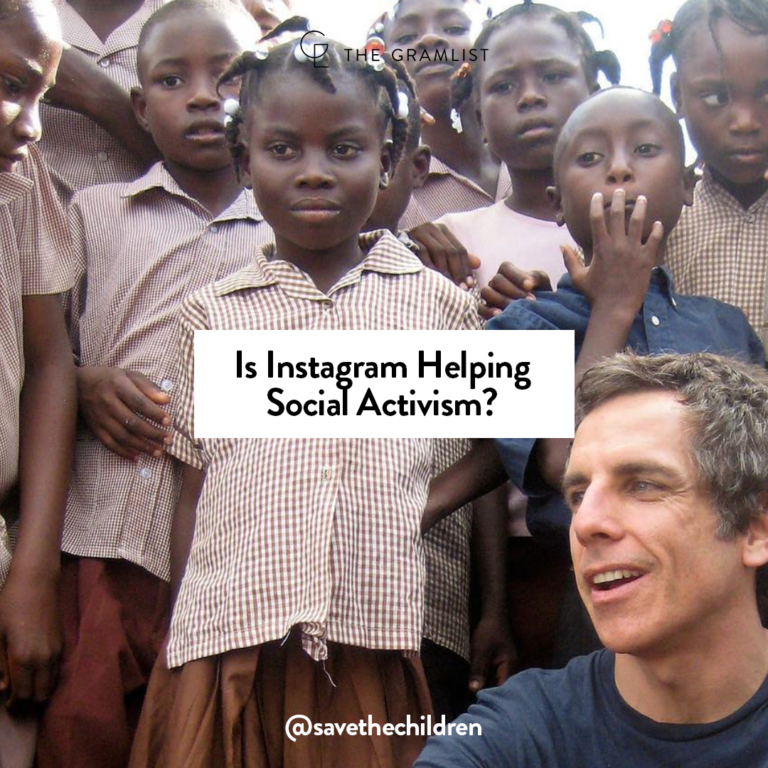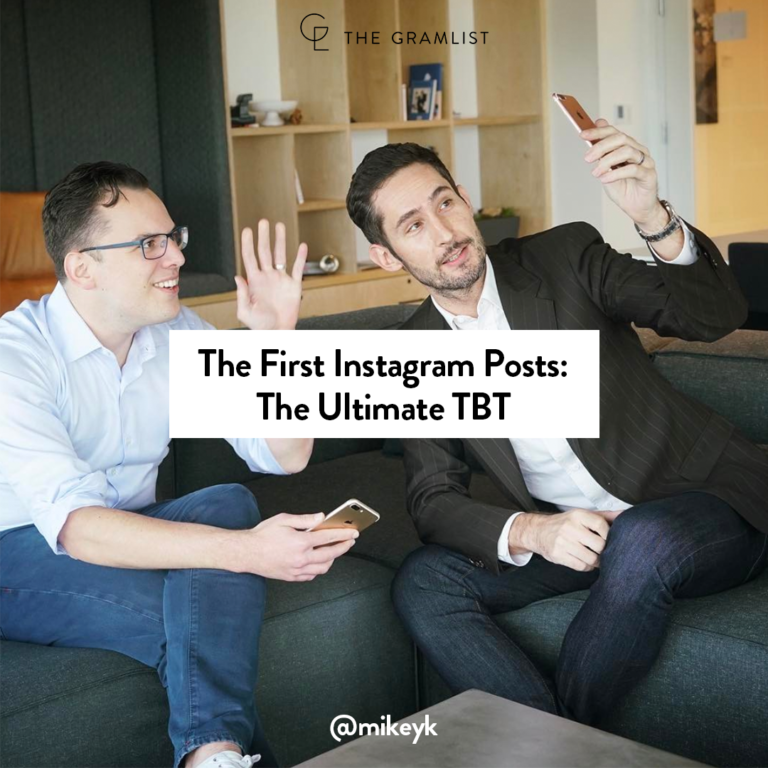
Like it or not, social media offers anyone, anywhere, a platform from which to share a POV. This ability to freely express oneself to a larger audience is the essence of social media. It can be utilized in ways both mundane (grousing about poor service at a restaurant) to monumental (campaigning to win the presidential election). Consequentially, it offers ample opportunities to spread messages of positivity and change – particularly in the context of social activism, which has been rapidly evolving alongside the social platforms themselves.
Whereas Twitter lends itself to more “newsy” content, Instagram was and still is a visual-first medium. Herein lines its great power and potential to drive activist efforts: Followers can actually see the causes that are being championed (and the impact they are making). Vice Impact wrote at length about this idea, noting, “While visuals can certainly be vacuous and cliché, such criticisms underestimate what imagery can achieve… Pictures are about showing rather than telling, and are far more emotionally charged than a gigantic block of text.”
https://www.instagram.com/p/Bt9ZG4bnUWo/
Take, for instance, the issues of climate change: Images like this one undoubtedly go further in their storytelling capacities than a snippet of copy. Examples like this are endless – from hunger in Yemen to Black Lives Matter to #MeToo, the vivid impact of photography has certainly helped better illustrate social activist causes from an emotional standpoint. Furthermore, with hashtags now part of our collective vernacular, movements like #TimesUp have become firmly implanted in the cultural conversation. In fact, many of the noteworthy movements of the modern era – namely #MeToo – were born on social media.
This begs the question: Are activism campaigns on Instagram and other digital marketing channels actually driving tangible results? The New York Times examined the impact of #MeToo one year after its inception and found that the answer was, largely, yes; for instance, The National Sexual Assault Hotline, operated by Rainn, saw a 30% increase in calls over that time period. Similarly, The Times examined #TimesUp one year later, noting that the organization’s “crown jewel” – a legal-defense fund – had raised nearly $25 million to date.
https://www.instagram.com/p/BtMN0f4DnIA/
Yet there is a dark side to this exposure. For one, it opens up activist movements to increased scrutiny – something which isn’t necessarily a bad thing, but which can be perilous to navigate. For example, the Women’s March – a movement that drew near-euphoric enthusiasm and involvement on social media – has of late been plagued by anti-Semitic concerns, causing participation to significantly wane and an onslaught of bad press. Furthermore, there are unfortunate instances of co-opting movements for personal gain, as illustrated in cases like this one, wherein social Influencers used the California wildfires’ hashtag(s) to gain attention and promote their brands.
In all, though, Instagram appears to helping activist causes more than it is hurting them — illustrating the broad power of social media to proliferate ideas, initiate dialogue and drive positive change.
After-all, a picture might still be worth 1,000 words, but in the age of Instagram a picture that finds its ideal audience can most certainly move the needle.


